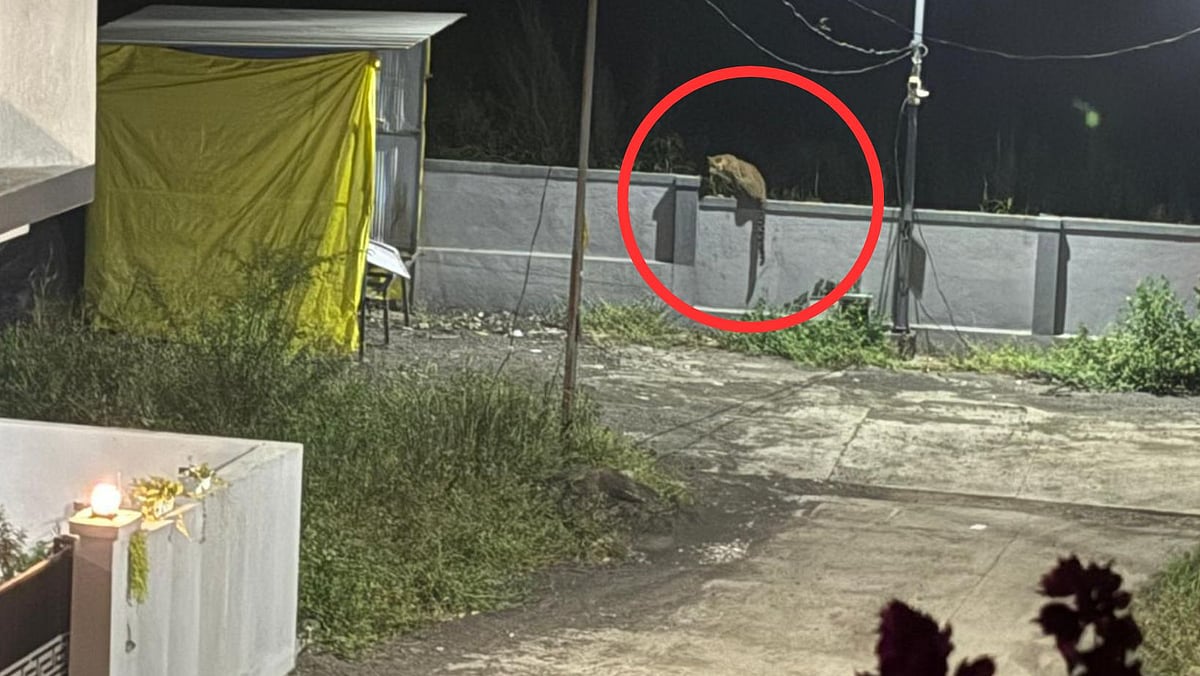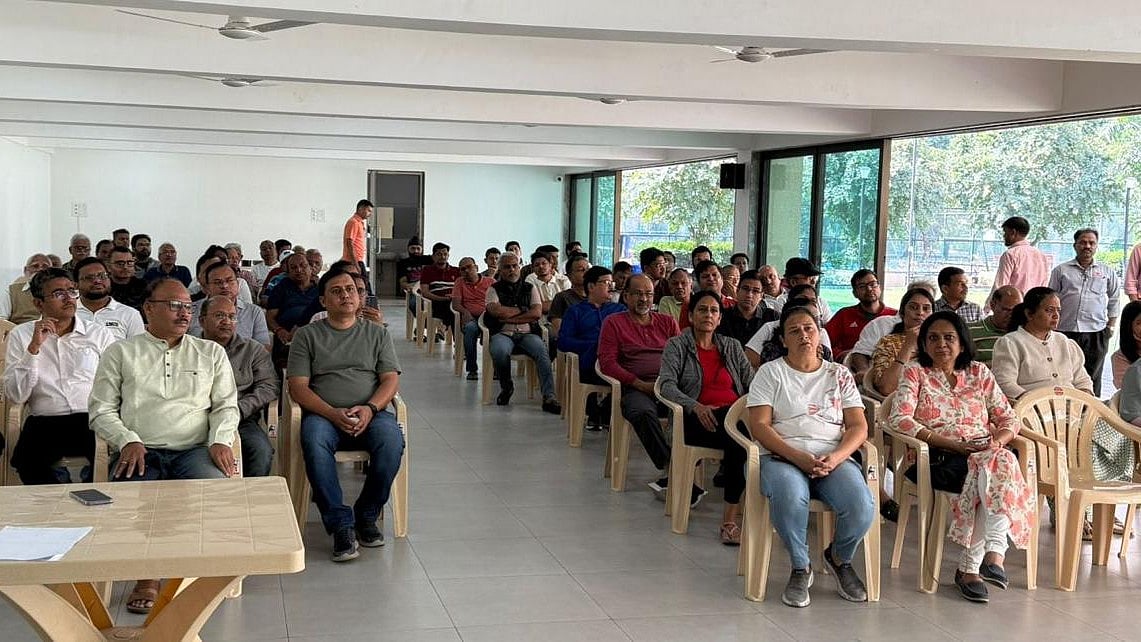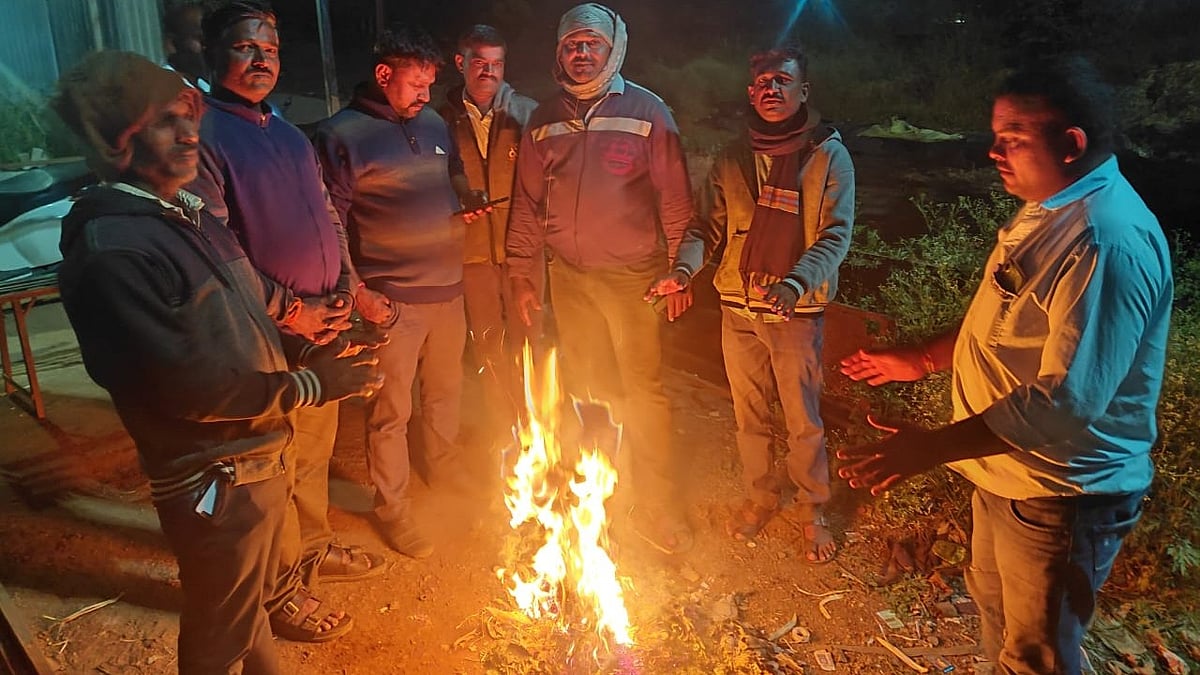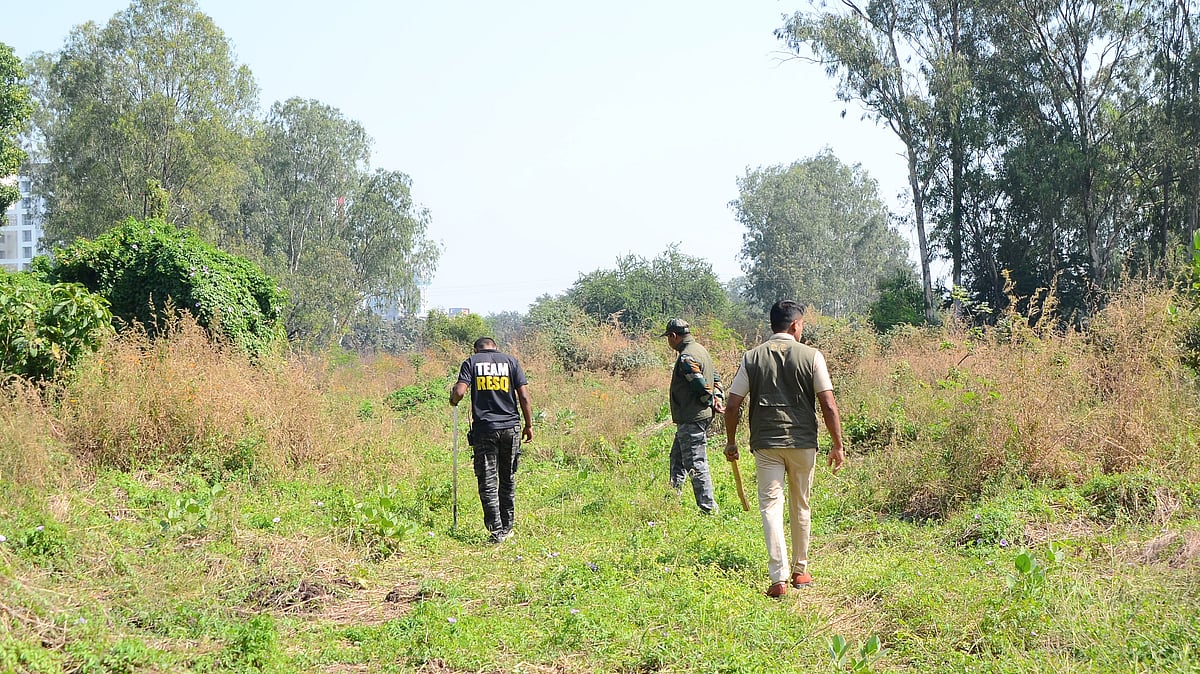With the rise in leopard sightings in Pune and Pimpri Chinchwad, Rohan Jadhav, a resident of Dange Chowk, now thinks twice before heading to his night shift duty in Hinjawadi Phase 3. “Earlier, most of our company’s employees used to prefer night shifts to avoid daytime traffic snarls. But now, with the rise in leopard sightings, a recent one near Hinjawadi, travelling to reach the same shift has become worrisome, with an increased risk to our lives,” he explained.
Jadhav’s concerns have been experienced by many across Pune, Pimpri-Chinchwad and adjoining villages, where leopard presence has become alarmingly frequent. From IT parks to densely populated residential societies, the spotted predators are increasingly entering human habitats.
The intensity of the issue became clear in February 2025 when a six-year-old male leopard was captured in Nigdi’s Sant Kabir Garden. For Sagar Bramhande, 26, a resident of Nigdi Pradhikar, the incident shook him to the core.
“I had heard of leopard menace in Junnar, Shirur, Nashik and some other areas, particularly in the rural landscape, but witnessing a full-grown leopard just metres away was horrifying. Such a trend will not only endanger the wildlife but also impact the region’s security and economic prosperity,” Bramhande said.
The list of affected areas includes: Hinjawadi, Nigdi, Hadapsar, Phursungi, Manjari, Charholi, Shewalewadi, Nere Dattawadi, and even the historic Sinhagad Fort. In October, a leopard entered a house in Kasarsai near Hinjawadi, startling a dog before fleeing. In December 2023, another leopard was rescued from Chikhali after a five-hour operation.
Forest officials say that this growing human-wildlife conflict is because of rapid urbanisation. As concrete structures replace natural habitats, leopards, estimated to be around 25 within PMC and PCMC limits, are forced to navigate into densely residential places in search of food and territory.

Moreover, wildlife experts point to habitat loss and the proliferation of sugarcane cultivation in surrounding areas as key factors pushing these apex predators into urban spaces. So with this new hazard, residents remain alert. Schools have issued advisories for students to be in groups, morning joggers stay indoors, and evening meetups have become rare in leopard-affected localities.
While rescue operations involving forest departments, fire brigades, and wildlife-related organisations like RESQ have become a routine. “Before this gets out of control, the forest department, civic administration, and other stakeholders must arrest the unsustainable urbanisation and should take steps that contribute to a long-term solution,” Bramhande said.









